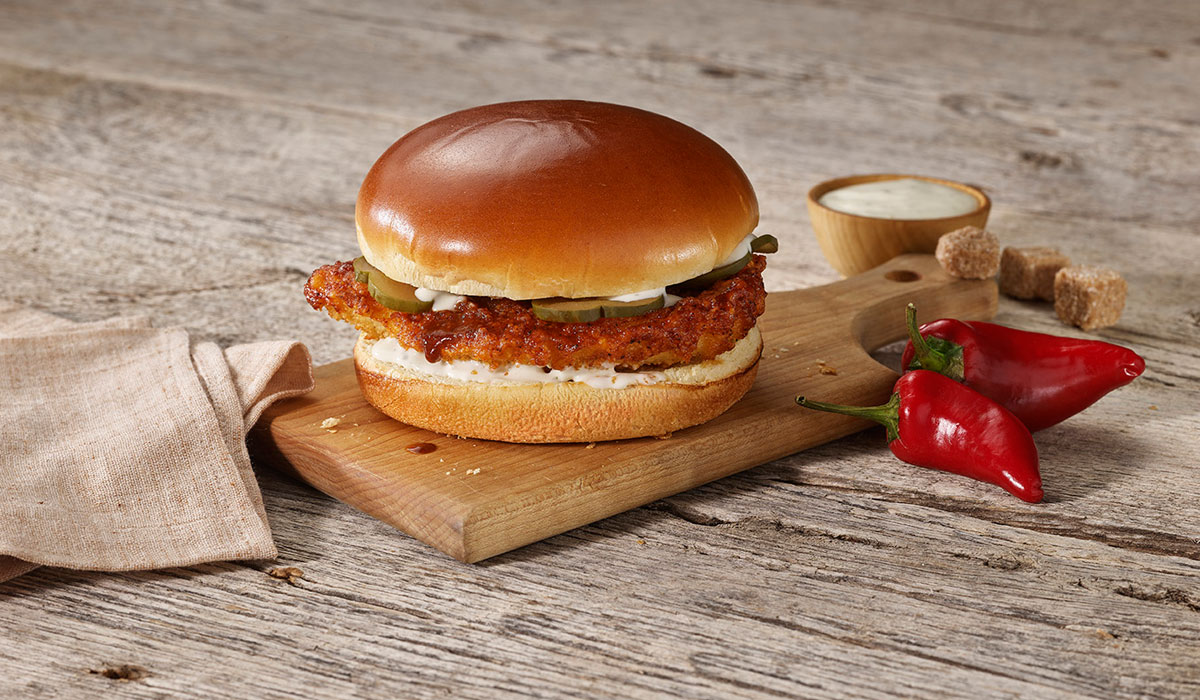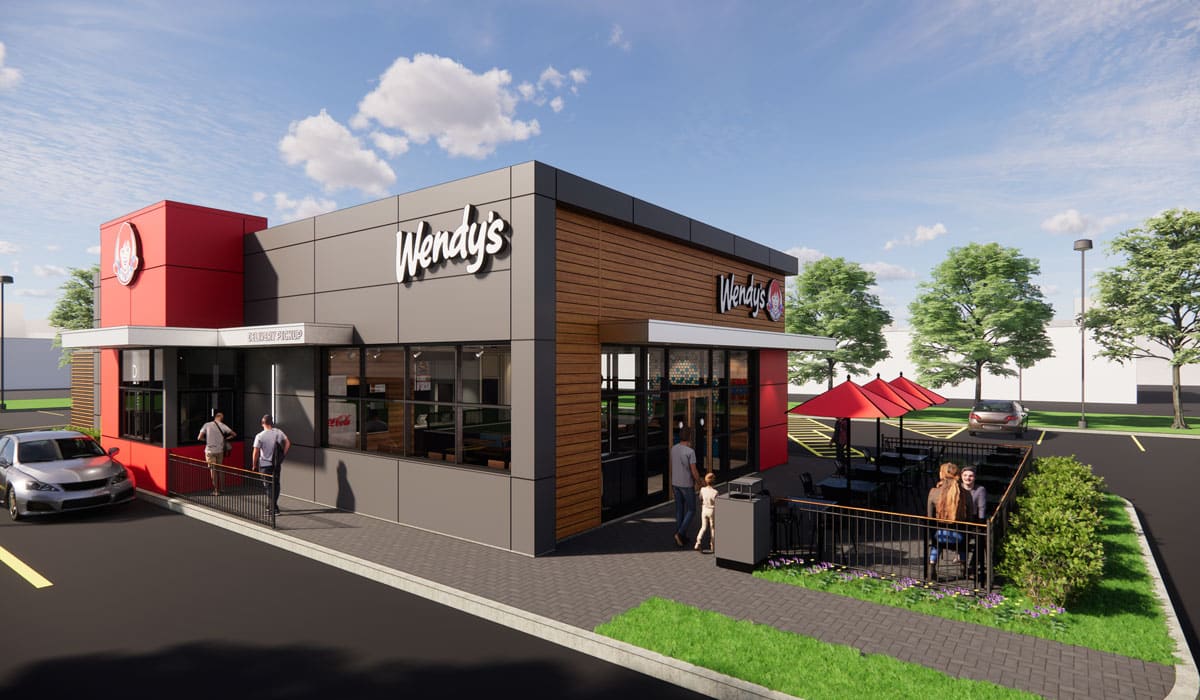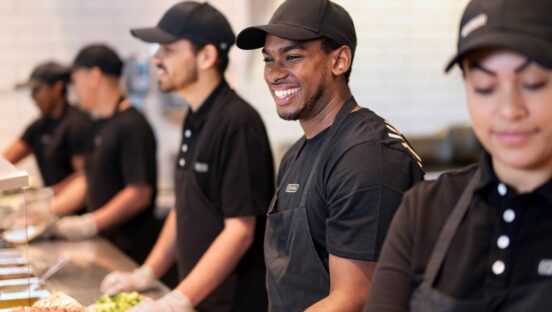If you ask Wendy’s CEO Todd Penegor, franchisee confidence is as high as it’s ever been.
Operators ended 2020 with strong balance sheets and profitability. Wendy’s franchisees have seen that level of profitability continue in 2021, which allows the company to invest in technology, reimaging, and unit development.
And if double-digit sales increases weren’t enough, Wendy’s rolled out a new incentive program earlier this year that rewards franchisees for new restaurant growth, accelerated timing, and multi-year commitments. The deadline for the incentive is June 30, and Wendy’s expects to see a “meaningful uptick” in commitments.
Meanwhile, the chain’s franchise recruitment pipeline has grown significantly after last year’s investments. Wendy’s has roughly 150 new potential franchisees at different stages of the process. This includes more than 20 that are looking into the U.K., a market that Wendy’s will enter for the first time on June 2 and could hold as many as 400 stores. The burger brand also recently signed new development agreements with franchisees to open more than 50 stores in Central Asia by 2030 and to double its footprint in Quebec, Canada.
The aggressive moves are all in an effort to reach 7,000 stores around the world by the end of 2021 and to reach 8,000 by the end of 2025. Wendy’s has about 6,850 units worldwide, including a net of 10 openings in the first quarter. The company expects 3 percent net unit growth next year, a majority of which will come in international markets.
READ MORE: Wendy’s CEO: New Trial Will Unlock Breakfast’s Potential
And don’t think rising construction costs or labor shortages will stand in the way of franchisees expanding.
“Those headwinds are out there, but with the momentum that we have in the brand and the fundamentally strong restaurant economic model that we’re delivering along with the development incentives, the returns are still compelling,” Penegor said. “And our opportunity is to continue to grow and build this business right now as we want to provide more access to fast, convenient, high quality food.”
“So we’re leaning in,” he continued. “We’ve got more franchisees that are coming into the pipeline and even want to build their way into the system. So we’re feeling good that despite those headwinds, with all of the tools that we have, both from the restaurant economic model to hiring, to driving digital, to truly engaging our employees and customers, that we’re well-positioned to start growth.”
As the chain moves forward with unit development, it will do so knowing that COVID has accelerated consumer’s demand for convenience and digital avenues. Wendy’s recent push for innovation dates back a few years ago when it launched the Smart 2.0 prototype and created a new global standard. The conversation centered around enhancing the restaurant experience, freshening the look, and connecting digital into the physical space. That meant integration of the mobile order app, curbside, kiosks, and pickup shelves.
Two-thirds of the Wendy’s footprint has been remodeled. Restaurants that have undergone the image activation have seen a 30 basis point improvement, or a mid-to-high single-digit lift in same-store sales. The program is expected to finish by 2024.
“That outlook is unchanged, which is actually quite remarkable since through COVID, we have actually allowed the franchisees to actually slow down a little bit,” Penegor said. “And so they are accelerating up. In terms of design point of view, we obviously are including new design cues and new options from a digital point of view. We have gone through the process of separating order from pickup. That’s a key enabler to do this. And when we do that and execute this in our designs, we are seeing a better experience for our customers for delivery drivers and the likes.”
With Wendy’s being 95 percent franchised, Chief Development Officer Abigail Pringle said it’s important to bring excitement and energy to operators before they start using their wallets. That’s why the chain provides franchisees with flexibility and a variety of design solutions, giving them opportunities to fit where “customers work, live, and play.” This includes a container restaurant, modular buildings, drive-thru only, Smart 2.0 design, conversions, and more.

 [image source_ID=”129757″]
[image source_ID=”129757″] [image source_ID=”129756″]
[image source_ID=”129756″]
Pringle said that in the past, Wendy’s and other quick-service brands felt they were restrained to a traditional four-wall drive-thru. But this is no longer the case as many concepts have turned to nontraditional locations—military bases, universities, hospitals, and even zoos—to unlock growth. As Wendy’s approaches 8,000 restaurants, 30 percent of the units will be nontraditional, Pringle said.
Wendy’s has opened several ghost kitchens around the world, which allows it to penetrate bigger markets and fill gaps between its traditional outlets. For instance, Pringle said Wendy’s has one restaurant for every 135,000 people in some of the biggest U.S. metro areas.
“People have to give up on having Wendy’s,” Pringle said. “We don’t want to have that.”
The strategy is about looking at the trade area and exploring the best way to serve the customer. In some cases, this means a drive-thru only store is the best fit—a design Wendy’s has worked on long before COVID. Pringle said drive-thru only units are in the pipeline and under construction. Some have already opened, like in the Philippines this year. One is coming to the U.K., as well.
“How do we bring [our food] in a convenient way with different access points so we can take out the thinking for our customer and really bring traditional and nontraditional ways, but more importantly, let’s do it at a great and affordable price so that we can really enhance people’s lives,” Pringle said. “I’m excited about how development and design can really play a role in expanding the brand, and I can’t see any reason why we can’t achieve and even exceed our goals for the long-term.”








